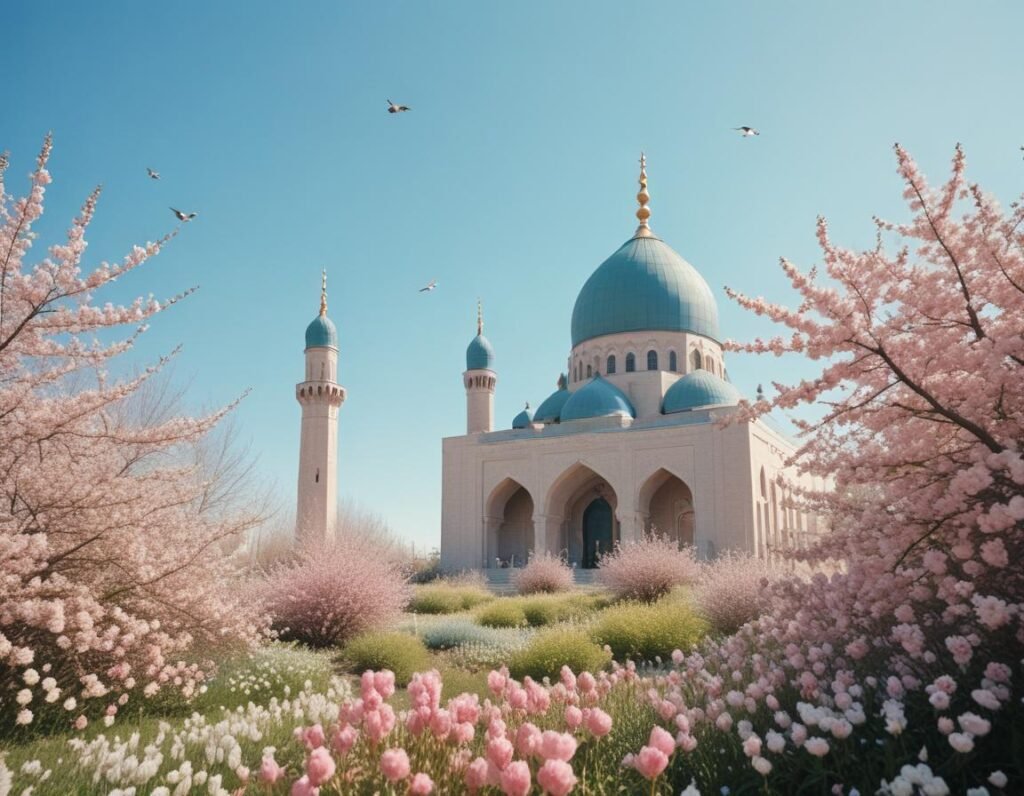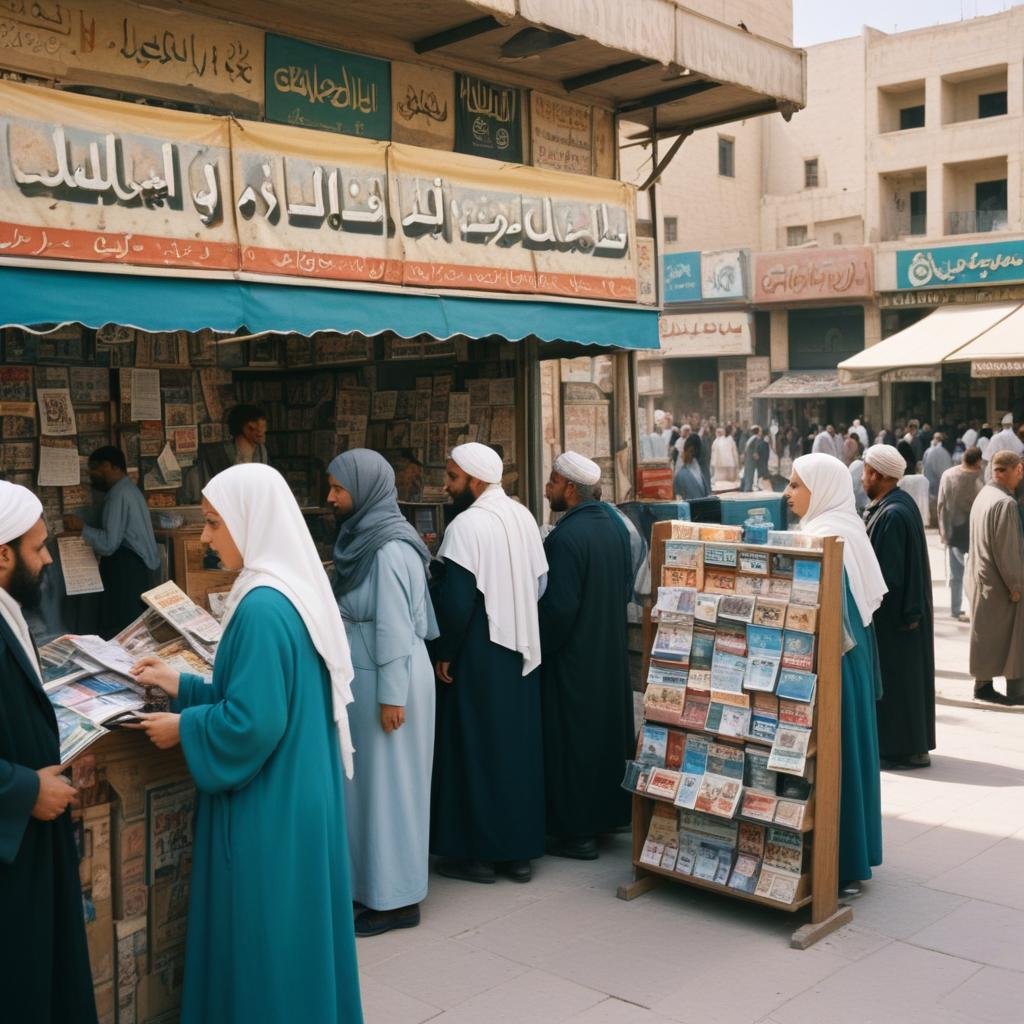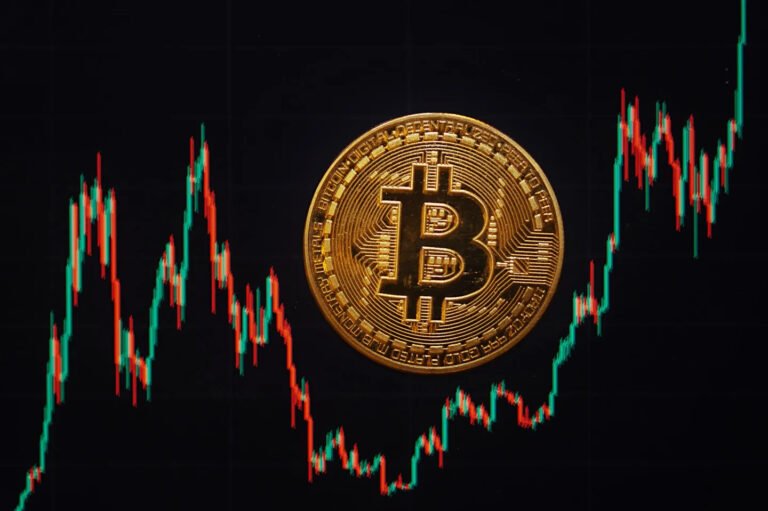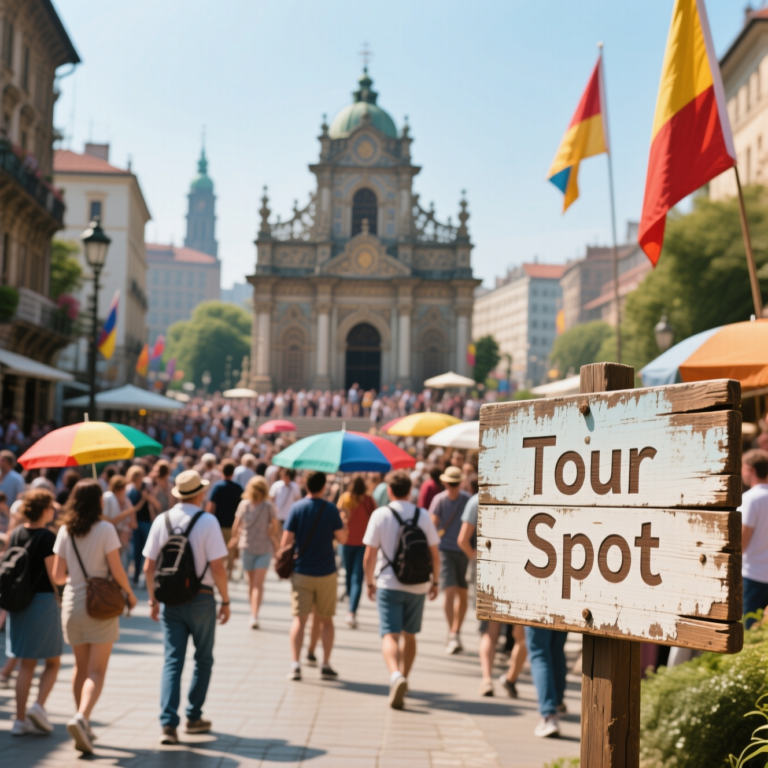In a world often overshadowed by conflicts and tragedies, Islamic News frequently highlights the peril facing masjids—centers of faith, community, and spirituality. This investigation delves into Islamic News accounts of threatened mosques, examining historical patterns, contemporary incidents, and the urgent need for global vigilance. Through emotional storytelling, profound analysis, and robust Islamic Information, this post aims to awaken empathy and awareness.

1. The Sacred Vulnerability of Masjids in Islamic News
Masjids are the spiritual epicenters of Islam—sanctuaries where what is Roza and salah is practiced, and hearts connect in unwavering devotion. Yet, in various regions, these revered structures face existential threats: desecration, demolition, forced conversion, and violent attack. Islamic News extensively documents these crises, urging global attention.
This blog will excavate:
- The theological and communal significance of mosques.
- Historical precedents in Islamic History and their parallels today.
- Contemporary case studies across continents.
- The profound role of Islamic Hijri contexts and seasonal milestones like the Islamic New Year and What Is Eid.
- Calls to action for safeguarding these sacred spaces.
By illuminating these urgent narratives, this Islamic News feature endeavors to ignite compassion and galvanize collective responsibility.
2. The Sacred Role of Masjids in Islam
2.1 Masjids: More than Bricks and Domes
In What Islamic religion, mosques are not mere buildings—they are vibrant hubs of worship (what is Roza and salah), scholarship, and communal cohesion. They embody the ideals of unity, compassion, and spiritual ascent. Islamic Information affirms that Prophet Muhammad referred to them as “houses of Allah on Earth,” sanctified spaces for purification and devotion.
2.2 Community Pillars: Social and Educational Functions
Historically, mosques served multifaceted roles:
- Educational institutions: teaching Qur’anic recitation, jurisprudence, and ethics.
- Welfare centers: distributing zakah and supporting the needy.
- Cultural hubs: hosting lectures, interfaith dialogue, and social support.
Destroying a mosque disrupts not just faith—it dismantles communal bonds.
3. Rooted in Time: Islamic History and Masjid Resilience
3.1 The Prophetic Masjid of Medina
Established in Islamic Hijri 1 (622 CE), the Masjid al‑Nabawi became the epicenter of governance, spirituality, and community life. Despite sabotage attempts by opponents, it endured, symbolizing perseverance and collective resistance.
3.2 Masjids in Medieval Spain
During the era of convivencia in al‑Andalus, mosques exemplified pluralistic coexistence. Yet following the Reconquista, many were desecrated or replaced with cathedrals. These historical vicissitudes resonate with modern warnings in Islamic News.
3.3 Ottoman Legacy and Preservation
The Ottomans were renowned for restoring and protecting mosques across their domain. Their benevolent stewardship offered a blueprint for safeguarding sacred spaces—an ethos urgently needed today.
4. Contemporary Islamic News Reports: Masjids Under Siege
4.1 Europe: Arson and Desecration
A surge of Islamic News reveals alarming incidents:
- In a Northern European city, masked assailants set fire to a masjid courtyard, leaving congregants traumatized.
- In another region, vandals scrawled hate graffiti, shattering stained‑glass windows housing Qur’anic verses.
Emotional Resonance
Imagine families shaken from what is Roza and Salah in the early morning, only to find their refuge defiled. These emotional tragedies resonate across global Islamic News coverage.
4.2 Asia: Forced Conversion and Land Seizure
Islamic News recent dispatches recount forced registrations of masjid properties as “non‑religious,” paving the way for demolition. In one rural area, bulldozers demolished a centuries‑old mosque under the pretext of “urban development,” leaving worshippers mourning a loss deeper than bricks.
4.3 Africa: Armed Conflict and Structural Damage
In conflict zones, mosques often lie in ruins. Islamic News reports capture these poignant scenes:
- Shell‑shattered domes where men once lined up for salah.
- Rubble where children once learned the Qur’an after school.
These stories are powerful emotional testaments to the injustice suffered by faithful communities.
5. Seasonal and Spiritual Context in Islamic News
5.1 Threats That Intensify During Islamic Hijri
Attacks on mosques often spike during significant dates in the Islamic Hijri calendar—Ramadan, Islamic New Year, and What Is Eid al-Fitr. For example:
- On the Islamic New Year, masked mobs surrounded a mosque, disrupting congregational prayers and provoking international outcry.
- During What Is Eid, a precious time of communal joy, another mosque was vandalized, turning the celebration into communal mourning.
By highlighting these patterns, Islamic News underscores the added cruelty of abusing sacredness during holy seasons.
5.2 The Disruption of What Is Eid
Eid al‑Fitr and Eid al‑Adha are meant to be times of jubilation, charitable deeds, and reflection on what is Roza and salah. When masjids are defiled just before Eid, entire communities feel robbed of worship and celebration—a theme repeatedly featured in recent Islamic News dispatches.
6. Emotional and Spiritual Fallout: Human Stories Behind Headlines
6.1 Orphaned Souls: Children of Destroyed Masjids
In one harrowing incident, young boys and girls who attended Qur’anic lessons in a mosque lost their safe space overnight. One teenager shared in Islamic News:
“Our masjid was our second home. Now, I feel lost.”
This is more than architectural loss—it’s a rupture in identity and sanctuary.
6.2 Elderly Worshippers: The Pain of Defilement
An octogenarian imam recounted how he wept when seeing the desecrated mihrab—a sacred niche indicating the direction of prayer. His lament echoed in Islamic News outlets:
“When they tore down the mihrab, they tore my soul.”
Such emotional pain is woven intimately into these tragedies.
6.3 Parents: Struggling to Maintain Faith
Parents who brought toddlers to learn what Roza and Salah now struggle to explain hatred and injustice. Their heartbreak is a human dimension that Islamic News brings to light, urging empathy and solidarity.
7. Global Responses and Islamic Solidarity
7.1 Interfaith Condemnation
In several instances, Christian, Jewish, and secular communities have issued statements condemning mosque attacks. These gestures, covered in Islamic News, signal universal values of tolerance and compassion.
7.2 Diplomatic Intervention
Some governments have formally rebuked perpetrators, promising legal protections. These interventions, highlighted by Islamic News, send hope to beleaguered communities.
7.3 Diaspora Mobilization
Muslim diaspora communities have organized protests, letter‑writing campaigns, and social media movements to spotlight masjid desecrations. Islamic News chronicles these cohesive, impassioned campaigns.
8. Preservation Efforts: Safeguarding Sacred Heritage
8.1 Architectural Conservation
Global efforts by Muslim architects and historians aim to document and restore endangered mosques. Utilizing 3D imaging and archival research, they revive spiritual landmarks threatened by neglect or conflict, covered in depth by Islamic News.
8.2 Legal Advocacy
NGOs are filing lawsuits to halt demolitions and obtain restitution. In one case recounted in Islamic News, a historic mosque was granted protected status after protracted legal battles, ensuring its survival.
8.3 Educational Campaigns
Workshops teaching Islamic Information about masjid sanctity and interfaith respect have been launched in schools. Engaging communities in respectful dialogue, Islamic News reports that such programs are curbing vandalism and nurturing harmony.
9. Theological Reflection: Sanctity, Resistance, and Faith
9.1 Masjids as Houses of Divine Presence
In What Islamic religion, mosques are manifestations of divine closeness. Their desecration is tantamount to spiritual assault. Islamic News often features theological scholars reaffirming the sacredness of mosques and calling for collective protection.
9.2 Resistance Rooted in Devotion
From the Prophetic era, resistance against oppression was spiritually guided. When mosques are threatened today, believers draw on Qur’anic verses and the Islamic History of resilience, stances emphasized in Islamic narratives.

9.3 Solidarity as Divine Imperative
Islamic Information underscores that safeguarding mosques is not an optional virtue—it’s a collective duty (fard kifayah). Many Islamic News pieces cite this ethical imperative to mobilize communities globally.
10. Masjids, Seasons, and Rituals: The Seasonal Dimension of Threats
10.1 Ramadan and what is Roza and Salah
Masjids overflow with nightly congregations during Ramadan, performing taraweeh prayers and communal suhoor. Yet Islamic News documents sinister plots during this holy month: increased surveillance, attempts to block entrances, even arson attempts. These actions amplify fear amid spiritual devotion.
10.2 What Is Eid and the Assault on Celebration
In many nations, attacks escalate during Eid celebrations. A mosque may be mysteriously cordoned off on Eid al-Fitr, hindering worshippers from attending prayer. Such incidents deeply scar communities, tragically covered year after year in Islamic News.
10.3 Islamic New Year as a Flashpoint
The humble celebration of the Islamic Hijri New Year has become fraught in some places. News reports have shown mosques being surrounded by hostile groups in anticipation of religious gatherings—a troubling pattern reflected repeatedly in Islamic News timelines.
11. Vision for the Future: Rebuilding and Renewing
11.1 Structural Rehabilitation
In some countries, local communities are crowdfunding to rebuild destroyed masjids, incorporating earthquake‑proof and sustainable designs. These success stories, featured in Islamic News, demonstrate how tragedy can forge resilience.
11.2 Interfaith Bridges
Programs that invite non-Muslim communities to witness the masjid prayers during Ramadan or Eid have been launched in response to growing threats. Coverage in Islamic News shows these initiatives are building understanding and diminishing hostility.
11.3 Digital Documentation: Archiving Faith
With threats looming, digital stewards have begun recording masjid interiors, oral histories, and architectural details. These digital archives, noted in Islamic News, preserve sacred legacies and offer hope for restoration, even if physical structures fall.
12. The Role of Islamic News in Advocacy
12.1 Raising Global Consciousness
By reporting on endangered mosques, Islamic News amplifies tragedies that otherwise remain unacknowledged. These narratives evoke emotional engagement, galvanizing audiences worldwide to care and act.
12.2 Contextualizing Threats
Islamic News doesn’t just present headlines—it situates incidents within Islamic History, theological precedent, and socio-political context. Through this extensive framing, the coverage becomes a powerful force for awareness and empathy.
12.3 Sustaining Accountability
Continuous reporting ensures that governments, NGOs, and international bodies remain answerable. When a mosque is attacked, follow-up Islamic News stories track investigations, court decisions, and reparations—or their absence.
13. FAQs on Masjids in Danger and Related Themes
Q1: Why are mosques targeted more during the Islamic Hijri holy periods?
A1: These dates attract larger gatherings of worshippers. Targeting mosques during these times inflicts emotional, spiritual, and communal damage—a fact that Islamic News consistently underscores.
Q2: How does Islamic History inform modern resistance?
A2: Past resilience—like the Prophet’s perseverance under persecution—provides theological and moral guidance. Islamic News draws parallels to uplift contemporary morale.
Q3: What is the role of what is Roza and Salah in these narratives?
A3: These rituals underscore the sanctity of mosques. Threats during iftar or prayer times are not merely physical sieges—they are assaults on spiritual devotion.
Q4: How can non-Muslim communities help protect mosques?
A4: Through solidarity vigils, legal lobbying, and community outreach efforts that Islamic News often spotlights as transformative.
Conclusion
The plight of mosques under threat—portrayed vividly in Islamic News stories—is a clarion call to defend sacred spaces and communal dignity. These structures are not only places of salah, but symbols of faith’s collective pulse.
By integrating Islamic Information on masjid sanctity, historical resilience, and spiritual rhythms—like What Is Eid and what is Roza, and salah—this post informs, engages, and mobilizes.
May this narrative stimulate empathy, provoke action, and nurture hope. When a mosque is protected and restored, an entire community finds renewal, resonating far beyond its walls.











